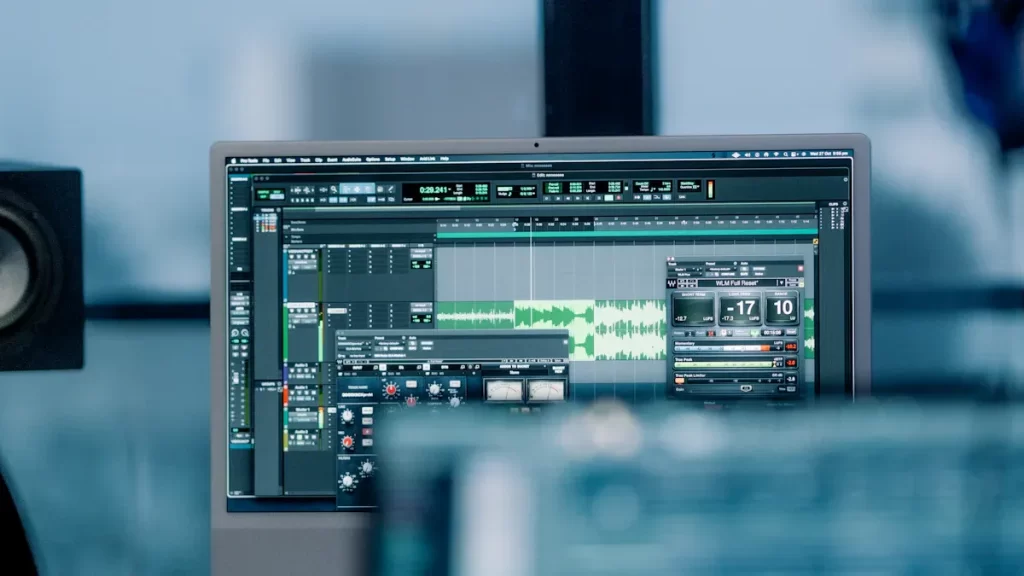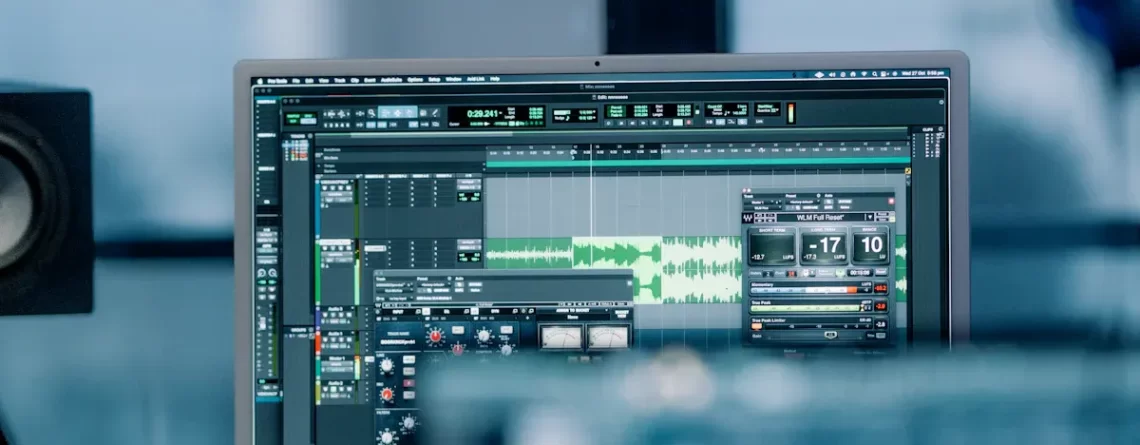Capacitive Touchscreen technology has become essential in consumer electronics. It enables intuitive human-machine interaction. It combines display and input into one unit. This makes devices smaller and easier to use. Progress in materials science has played a key role in this evolution.
Every material matters. Substrates, cover materials, and transparent conductive films affect performance, cost, and user experience. This report explores not only materials but also technical trade-offs, market trends, and future directions. We compare optical, mechanical, electrical, and economic properties. We explain the reasoning behind material selection. We also look at how new materials may shape the industry. This report offers a complete guide to touch technology development.

I. Core Technologies and Basic Structure of Capacitive Touchscreen
The Capacitive Touchscreen uses a fine structure and a combination of materials to work. Among various technologies, capacitive touch is the most common. It is widely used in smartphones and tablets.
1. Capacitive touchscreens respond to the human body’s electric field.
The surface is coated with a transparent conductive film like ITO. When a finger touches the screen, the electric field changes. Sensors detect this change and find the touch point. Projected Capacitive (PCAP) technology supports multi-touch. This makes it the top choice for smart devices.
Capacitive screens offer many benefits. They respond quickly. They support multi-finger gestures. The surface is usually glass, which is scratch-resistant and durable. But there have been limitations. For example, they might not work with gloves on. Or water drops can cause errors. Now, better algorithms help overcome these issues. For instance, frequency switching reduces interference. Adjusting the electric field allows glove use. This shows that software and circuit design can make up for material limits. This expands how capacitive touchscreens can be used.
2. Other touch technologies are used in special cases:
Surface Acoustic Wave (SAW) touch: Uses ultrasonic waves. Often used in public devices.
Optical touch: Uses infrared light. Good for large screens.
Electromagnetic touch: Needs a special pen. Highly precise. Used in drawing devices.
II. Cover and Substrate Materials: Protection and Performance Foundation
The cover or substrate is the physical base of the capacitive touchscreen. It affects protection, optical quality, and touch feel. Material choice influences weight, strength, and manufacturing.
1. Glass is a common cover material.
It is hard, scratch-resistant, and clear. It protects internal parts and improves viewing. Two main methods make it: overflow fusion and the float process. The first is for very thin glass. The second offers excellent optics.
Since 5G, glass is also used for phone backs. It replaces metal to help signal pass through. This shows how tech trends affect material choice.
2. Plastic substrates are light, flexible, and shock-resistant. Their use is growing.
PET: Clear, strong, and low cost. Often used in flexible screens.
PEN: Better than PET. Handles heat well and is stiff. Used in high-end flexible displays.
PMMA/PC blend: Resists scratches and impacts. Light and easy to shape. Used in premium electronics.
Each material has pros and cons.. Glass is hard and clear, but heavy and breakable. PET is light and cheap, but scratches easily. PEN offers a good balance at a medium cost. PMMA/PC resists impacts but is complex to produce.
III. Transparent Conductive Films: Core of Touch Function
Transparent conductive films must conduct electricity and let light through. They sense touch without blocking the display. Indium Tin Oxide (ITO) has long been the leader. But it has limits, so new options are emerging.
1. ITO is a reliable transparent conductor. But it faces two big challenges:
Cost and supply: It uses indium. This metal is rare, costly, and supply can vary.
Brittleness: It is a ceramic layer. It cracks when bent. This makes it bad for flexible devices.
These weaknesses limit ITO in flexible and large screens. So the industry seeks alternatives.
2. New materials focus on flexibility, large size, and low cost.
Main options are silver nanowires, metal mesh, and graphene.
Silver Nanowires (AgNWs): A network of tiny silver wires. It conducts well and bends easily. Good for curved and flexible screens. But better conduction can reduce clarity. New tech is solving this issue.
Metal Mesh: Tiny metal grids conduct electricity. Very low resistance. Good for big screens. But repeating patterns may cause moiré effects. Design changes can reduce this.
Graphene: A single layer of carbon atoms. Very flexible, conductive, and clear. And carbon is common. But mass production is still hard.
Material choice involves trade-offs. ITO is stable for rigid screens. Silver nanowires suit foldable devices. Metal mesh fits large displays. Graphene has promise, but needs more development.
IV. Market Applications and Material Selection Strategies
Material selection depends on market needs and product goals.
1. In consumer electronics like phones and wearables, glass with ITO is still common.
It balances clarity, touch response, and durability. Foldable devices need flexible materials like PEN and silver nanowires. This enables new product forms.
2. Industrial and car applications value reliability over features.
Capacitive touch keeps improving. But traditional resistive touch still has uses. With better algorithms, capacitive screens are entering industrial settings.
3. Large commercial and public displays need stable conduction over large areas.
Metal mesh is often the best choice. It performs well in large sizes and costs less.
V. Conclusion and Future Outlook
Choosing capacitive touchscreen materials involves many factors. Performance, cost, market, and trends all matter. No material is perfect. The best pick depends on the situation.
Traditional materials like glass and ITO still lead in many areas. They are proven and reliable. But their lack of flexibility and sustainability creates chances for new materials. Silver nanowires and metal mesh are already succeeding in some markets. Graphene has great potential, but we must overcome production challenges.
Future trends include:
Flexible and foldable devices: Demand will grow. This will help silver nanowires and graphene.
Hybrid materials: Mixing materials improves overall performance. Examples include composite covers or mixed conductive layers.
Sustainability: Eco-friendly and recyclable materials will gain importance.
Ultimately, players in the touch industry need to accurately evaluate these material technologies, understand their performance-cost-risk profile, and make well-informed strategic investments by balancing the reliability of traditional materials with the potential of emerging materials. This strategic insight will be crucial in defining the future of human-machine interaction experiences and securing a competitive edge in the market.
Understanding the available materials and their properties allows for the design of touchscreens that deliver optimal performance based on specific requirements and functionality. Professional consultation ensures that material selection aligns with technical specifications, environmental conditions, and cost constraints, while guaranteeing the best possible performance of the touchscreen. For guidance on touchscreen material selection and tailored solutions to meet your specific needs, please contact our team at Goldenmargins to discuss and customize an approach that achieves your desired performance and optimal results.





